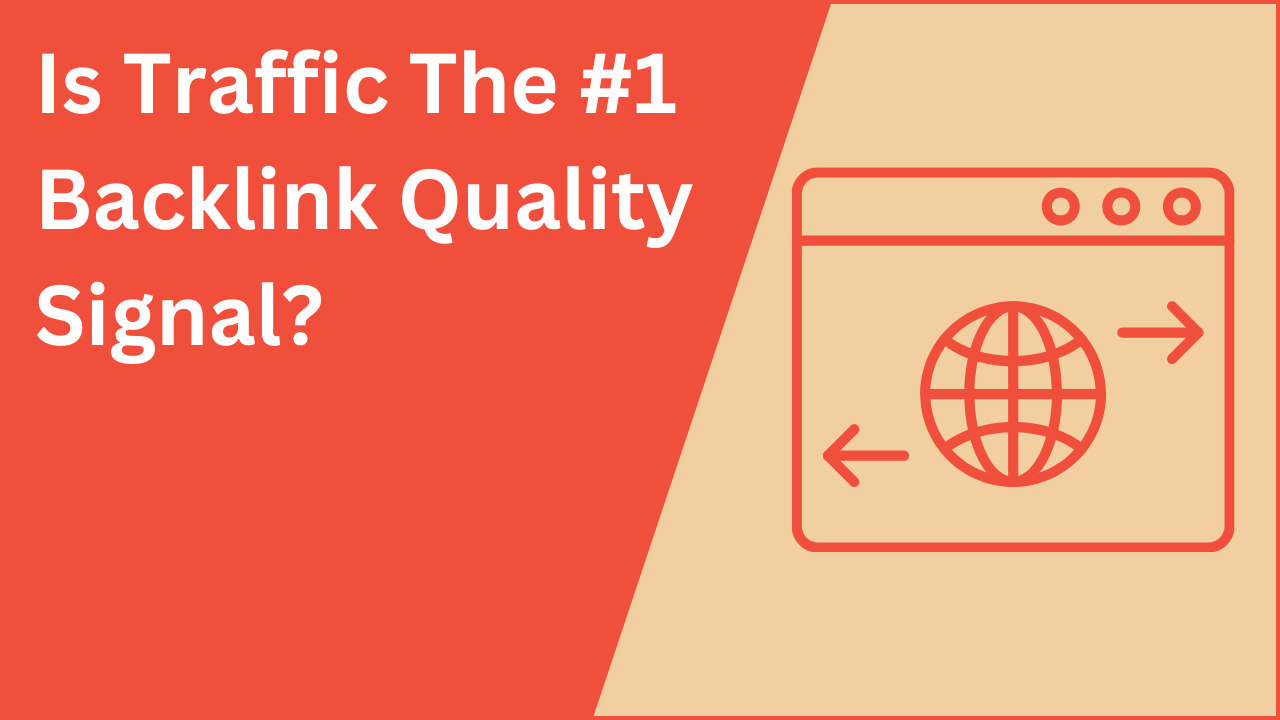There are a number of steps involved in every link building campaign, with link prospecting being the initial first step. You need to ensure you have qualified and relevant prospects to reach out to for links if you intend to have a successful campaign.
This is where link prospecting comes into play.
This guide outlines the steps necessary to successfully prospect for link building opportunities and how we do it at We Outreach.
What is Link Prospecting?
Link prospecting is the process of determining what websites you want to reach out to for links. It’s the essential first step in any link building campaign, and if you’re not doing proper prospecting, it will throw a wrench in your entire link building process.
Think about it this way; identifying a target audience is one of the first steps of any marketing campaign. If you’re targeting the wrong audience right off the bat, your chances of making sales and closing deals are dramatically altered right away.
So, as you can likely guess, link prospecting is a significant step.
When done correctly, link prospecting will provide you with a long list of link prospects that you can reach out to for links. If they’re relevant, many of them will receive your message well, and you’ll have a decent response rate.
The Four Steps of Link Prospecting
- Choosing a strategy
- Gathering a list of prospects
- Qualifying prospects
- Reaching out to the prospects
Step 1: Strategy
The first step to any link prospecting campaign is to determine the ideal strategy. You can’t choose your prospects unless you have a goal in mind because it will help determine how you filter your potential link building partners.
While there are various methods and strategies, at We Outreach, we focus on the two we believe are the best at securing the most backlinks.
These two strategies are guest posting and link exchanges.
Guest Posting
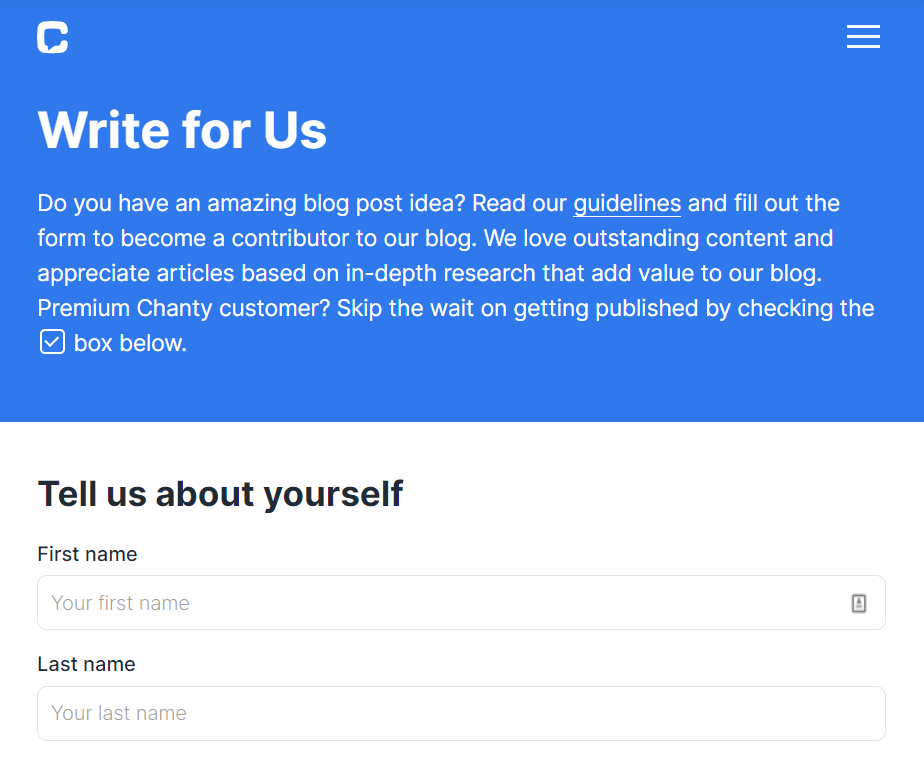
Guest posting is when you offer to write an article for another website with a link pointing back to your site in the post. This is how you earn the backlink.
The reason link prospecting is important for guest posting is because you need to actually reach out and ask someone if you can do a guest post in the first place.
Some websites have helpful forms like the one pictured above, but these sites generally accept guest posts from anyone, so they’re not always the best option.
When link prospecting for websites that accept guest posts, you should consider the following:
- Does the website appear to be high-quality?
- Do they have good domain authority?
- Is the website in my target niche?
- Does it look like the website accepts guest posts?
These are all important considerations because the website needs to be functional, it needs to be relevant so you can actually write about something in your niche, and they need to accept link opportunities.
So, how do you determine if a website will accept a guest post?
The easiest way to figure this out is by looking at their own blog or news pages.

If you can find multiple authors publishing a variety of articles on the blog, you can assume that they accept posts because it’s doubtful that they have that many people writing for the site. Some websites use this as their primary content publishing strategy and will take guest posts from anyone who published high-quality, relevant content in the niche.
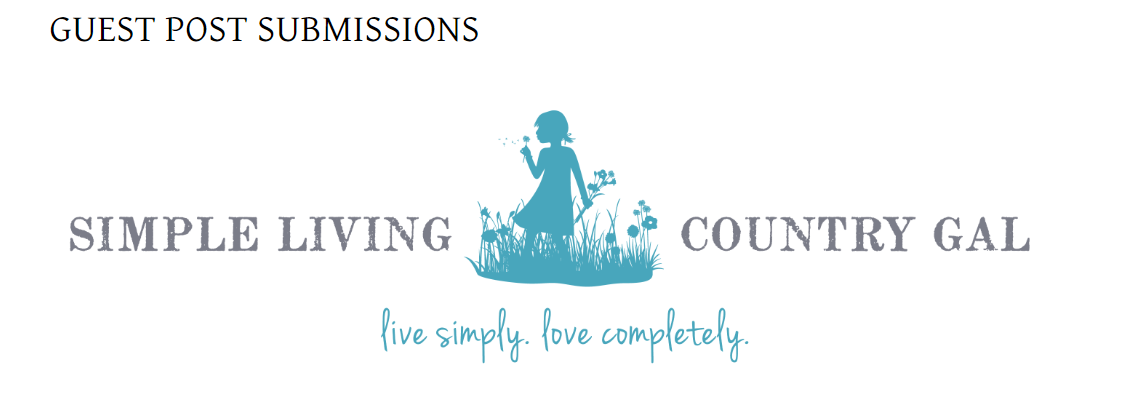
Another way to find link opportunities is if they come right out and say that they accept them. Doing a site: “write for us” or “guest posts” search will help you find these.
It’s important that you take these link opportunities carefully and only apply to sites with decent domain authority and link targets from other high authority sites. If the link profile of the site you’re writing on is low quality, chances are there are better link building opportunities out there.
Link Building Exchanges
A link building exchange is when you are prospecting to quality sites that are relevant, and in your niche but instead of simply asking them for a link or niche edit on their website, you offer to find them a high-quality link in exchange for a link to your website.
This strategy works great for link building on newer websites because high DR sites will never want to give you a link because there is not enough value in it for them.
Instead, you tell them that you’re going to get them a link and they’re more willing to listen to you.
For this to work, your link prospecting needs to be incredibly on-point because you need to reach out to websites that the initial prospect will actually want to receive a link from.
Our Strategy
At We Outreach, we use a combination of both of these strategies with the focus being on getting in touch with relevant websites in your niche, providing value to them, and getting a link in exchange.
Our objective as link builders is to find as many relevant prospects as possible so we can have a large pool of sites to reach out to and get the highest response rate.
It’s important to understand that at the end of the day, it’s a numbers game, and a lot of people are pitching to these websites everyday. If you can provide some sort of value, position yourself in a unique way, be friendly, be engaging, and be clear about what you want; you’ll increase your chances of getting a response and ultimately getting a link.
We’re not just begging for backlinks, our goal is to figure out what would appeal to the prospect the most and offer them that.
Step 2: Gather Link Prospects
Choosing a strategy should be easy, and you should use a combination of both methods. Don’t have a narrow focus, and be flexible enough to provide the options that your prospect will actually want.
The next step is to go out and actually gather prospects that you’ll want to reach out to.
There are two methods for doing this, one involves using keywords to find qualified sites, and the other uses link profiles. You can use either but again, I recommend learning both methods to try and build the biggest list possible to increase your chances of getting more backlinks.
You can use the following link prospecting tools to find link targets and other relevant sites that may provide you with high authority links.
Method 1: Keyword Explorer
The first method involves using the Ahrefs Keyword Explorer tool.

You’ll choose a “base” keyword that is relevant to the niche you’re targeting.
For example, if we’re trying to reach out to websites in the outdoor niche, we’ll want to narrow that down and be a little more specific about exactly what websites we want.
Within the outdoor niche, we could focus on gardening and use “plant” as our base keyword.
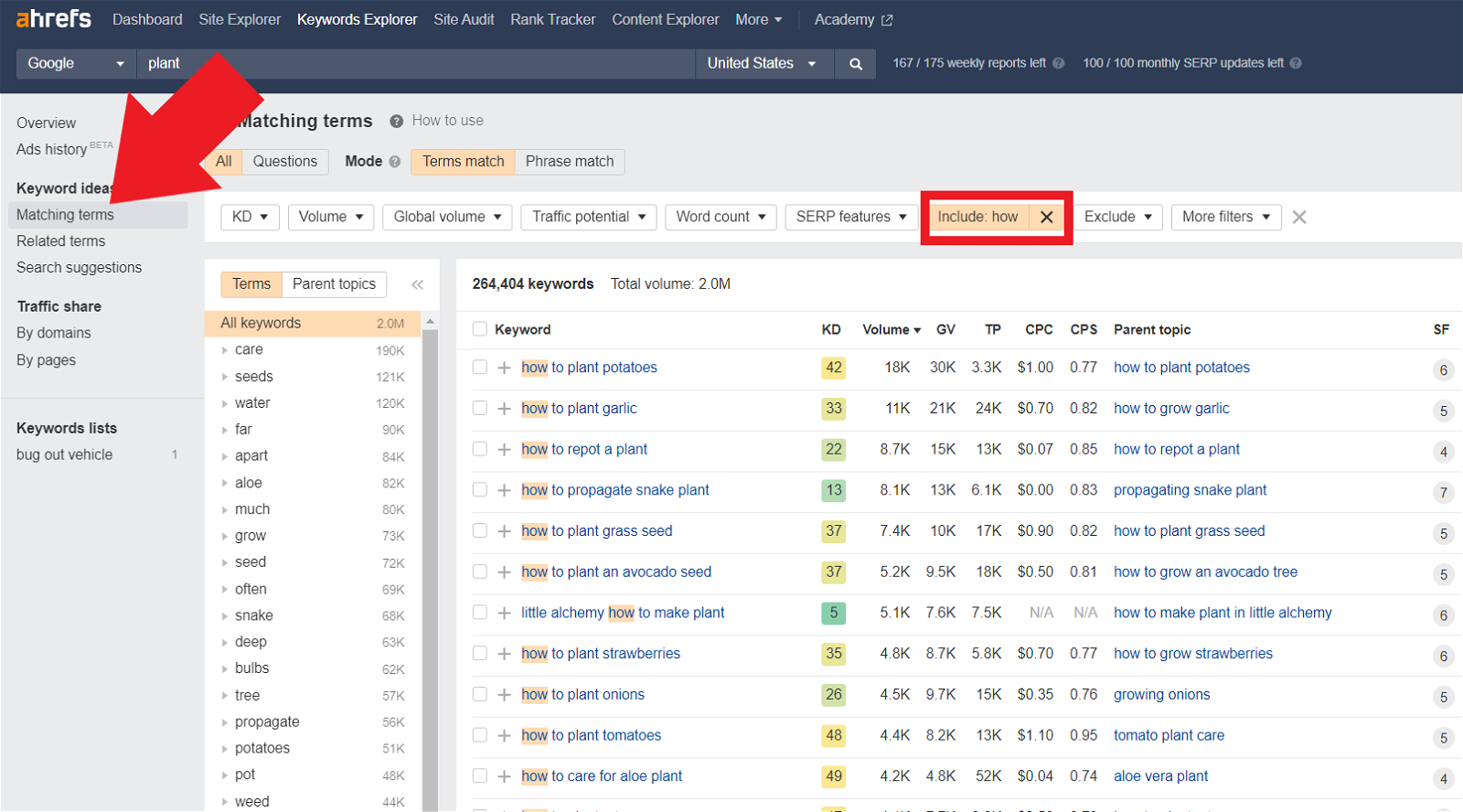
You’ll click on the “matching terms” section on the left under keyword ideas and then add the word “how” as a filter to only include keywords that include the word “how.”
Plant is your base keyword and how is your filter keyword. As a result, you’re going to get a ton of “how to” keywords and once you export the list you’ll have a long list of link prospects you can reach out to in the gardening niche.
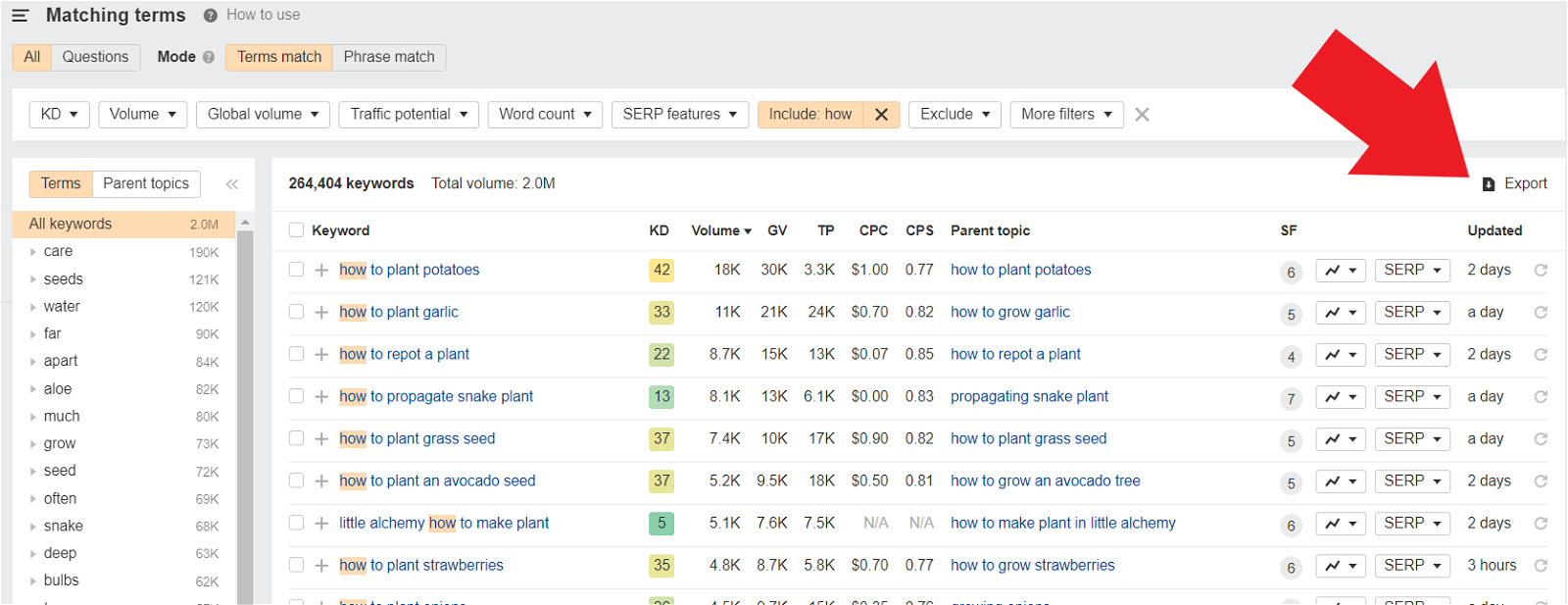
Method 2: Exporting Link Profiles
For this method we’re going to use the competing domains tool in Ahrefs.
This will help us figure out what websites are already linking to our competitors. Chances are, if they’re linking to competitors in the same niche, they’ll be willing to give us a link as well.
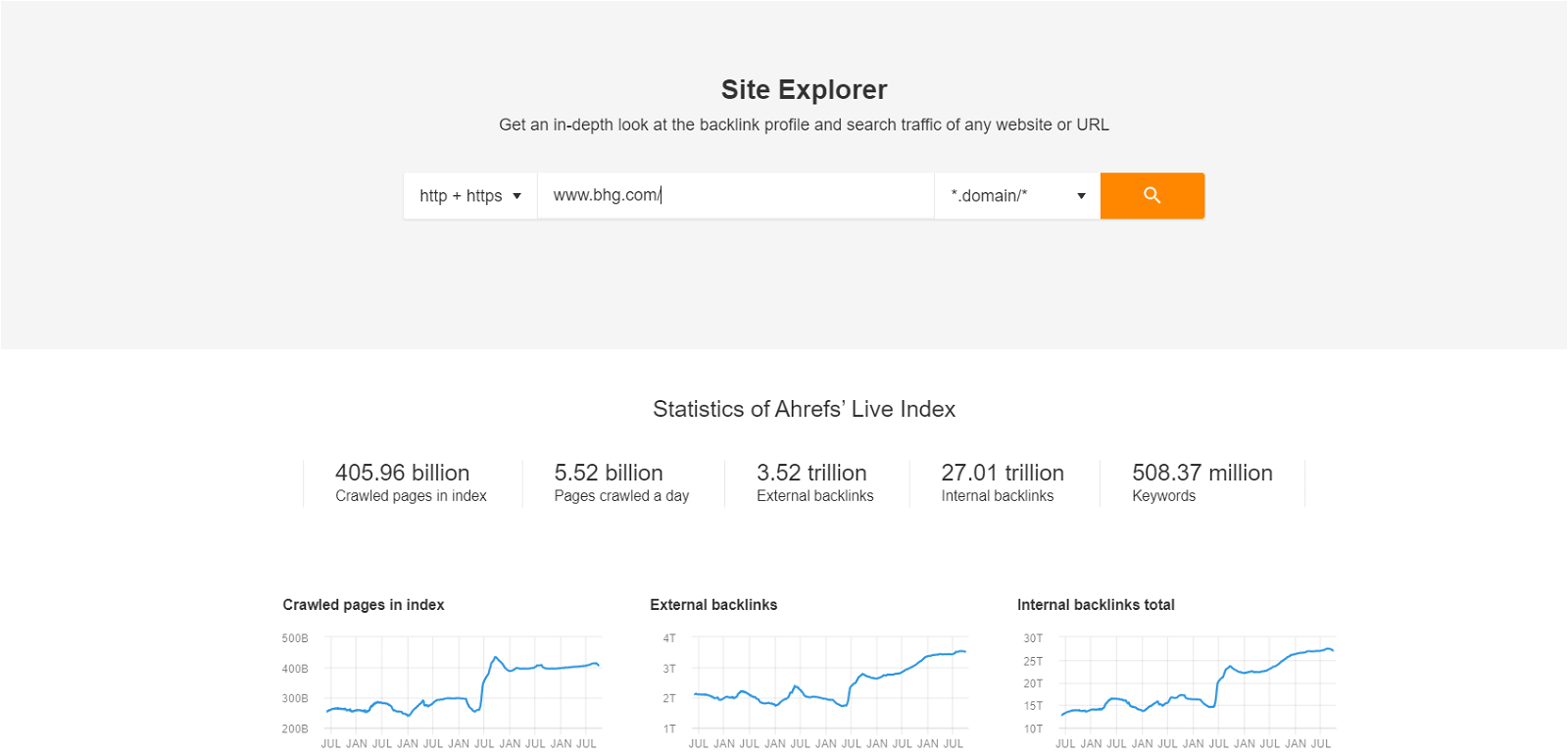
We’ll use Ahrefs as our link prospecting tools for this link building process. Start on the Site Explorer and enter your domain to begin the prospecting process.
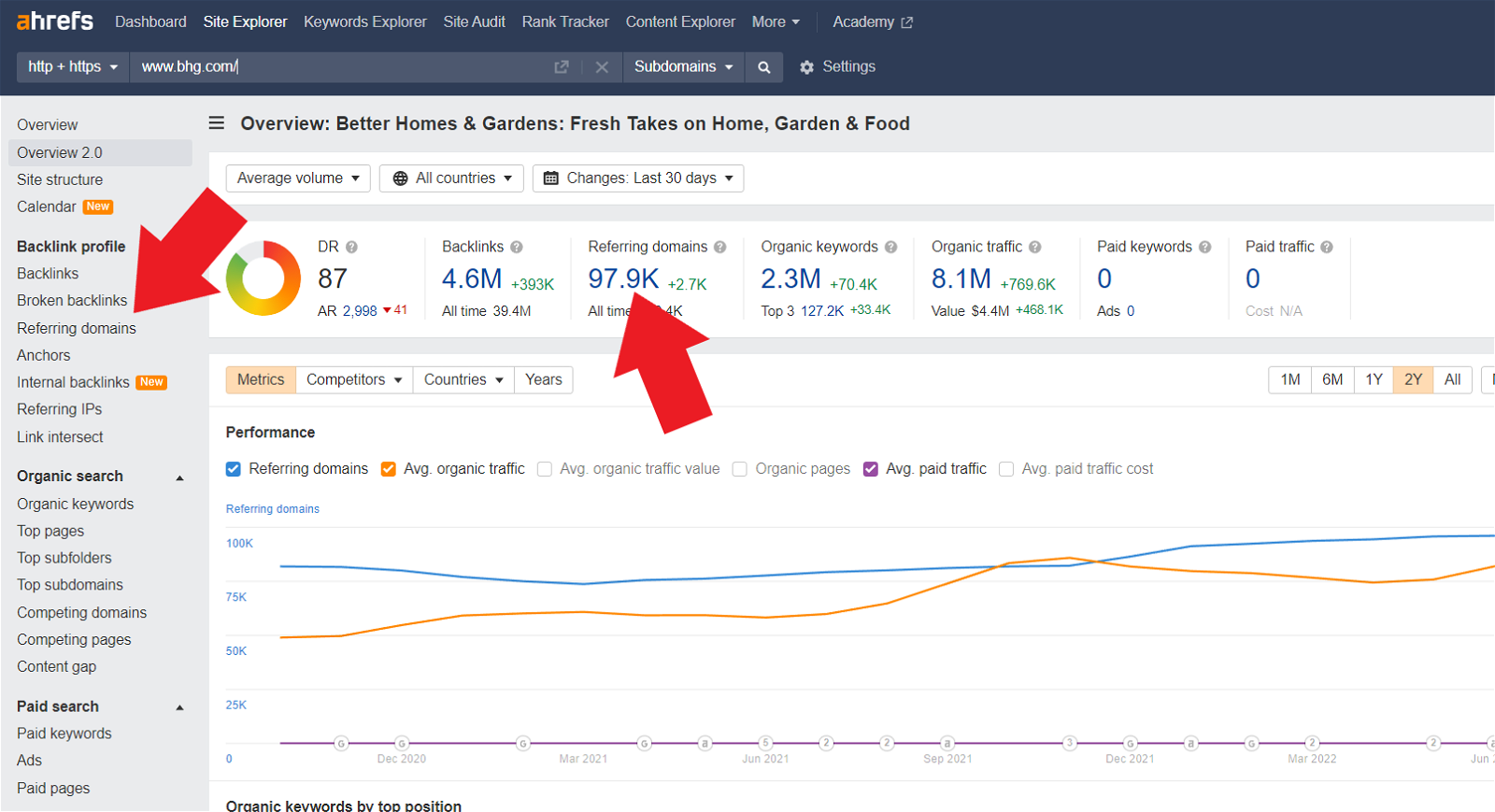
As you can see, Better Homes and Gardens has 97,900 referring domains, so it’s likely that some of these websites will give us a link. You’ll then click the referring domains number or the label on the left side of the screen.
When you’re dealing with a large site like this, you’ll definitely need to filter the links down to find ones that you actually think will give you a link.
The best link builders know how to apply filters to narrow down their link prospects. Here are some general link building filters we use for prospecting.

Another great way to find a list of prospects is by finding relevant websites that rank for the keywords you found using the previous method and export their link profiles as well.
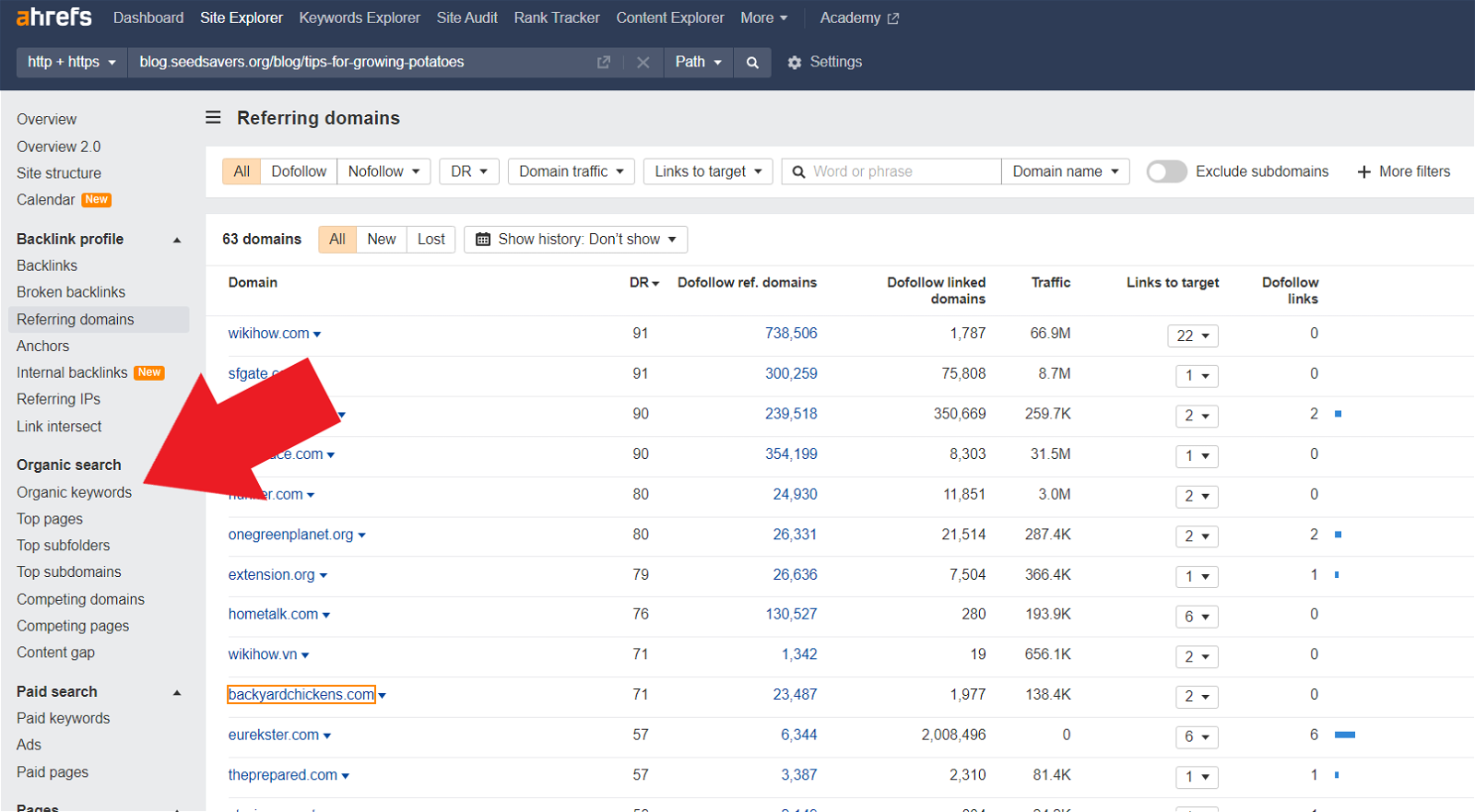
If we take one of the keywords, “how plant potatoes” from the previous example and scroll down on the keywords explorer page, you’ll find a list of domains.
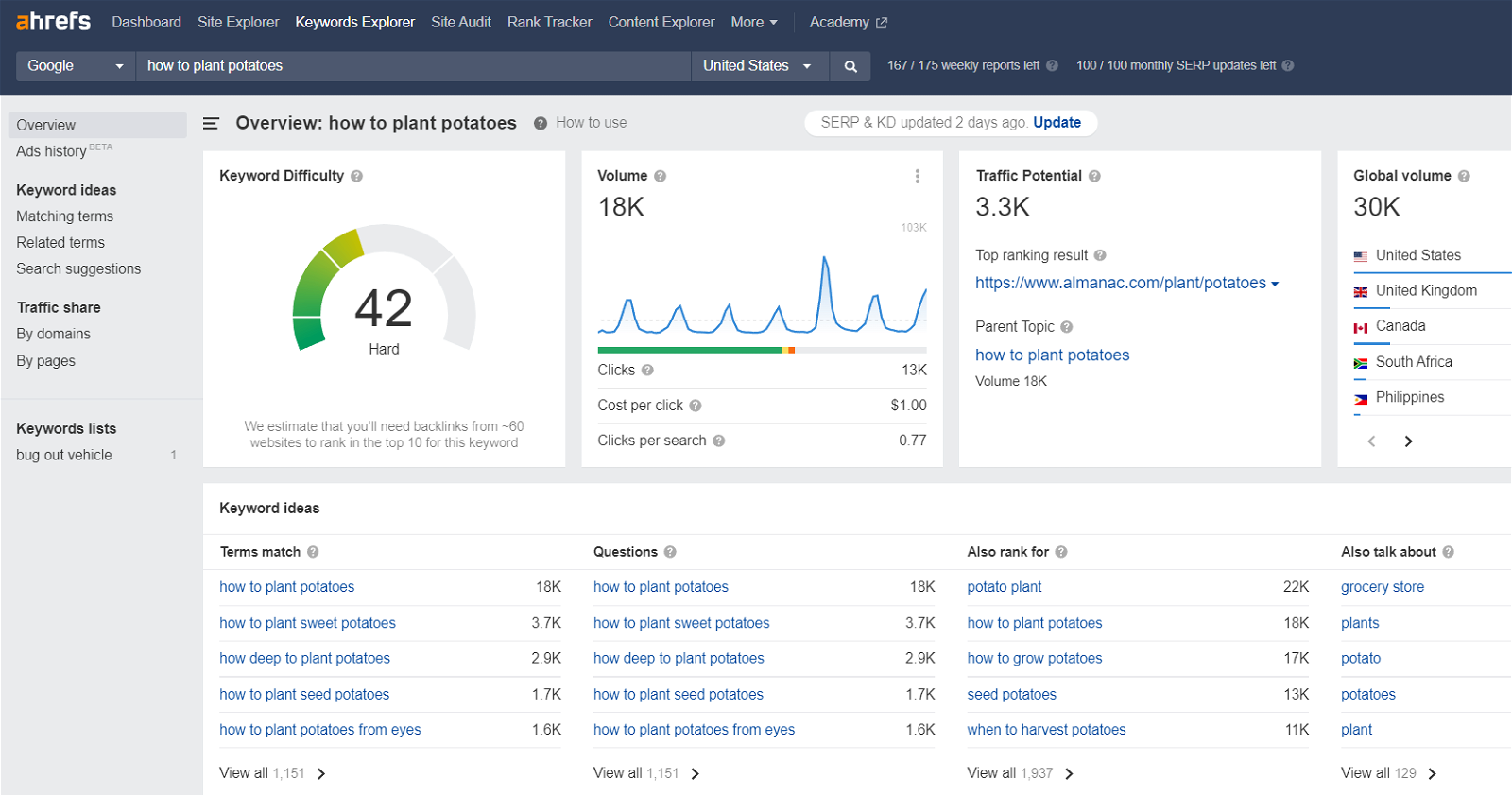
Put one of those domains into the site explorer, click the referring domains, and you’ll get a list of all the websites that link specifically to that article on that subject. Now you’re hyper targeting sites that are linking to a specific article in the niche.
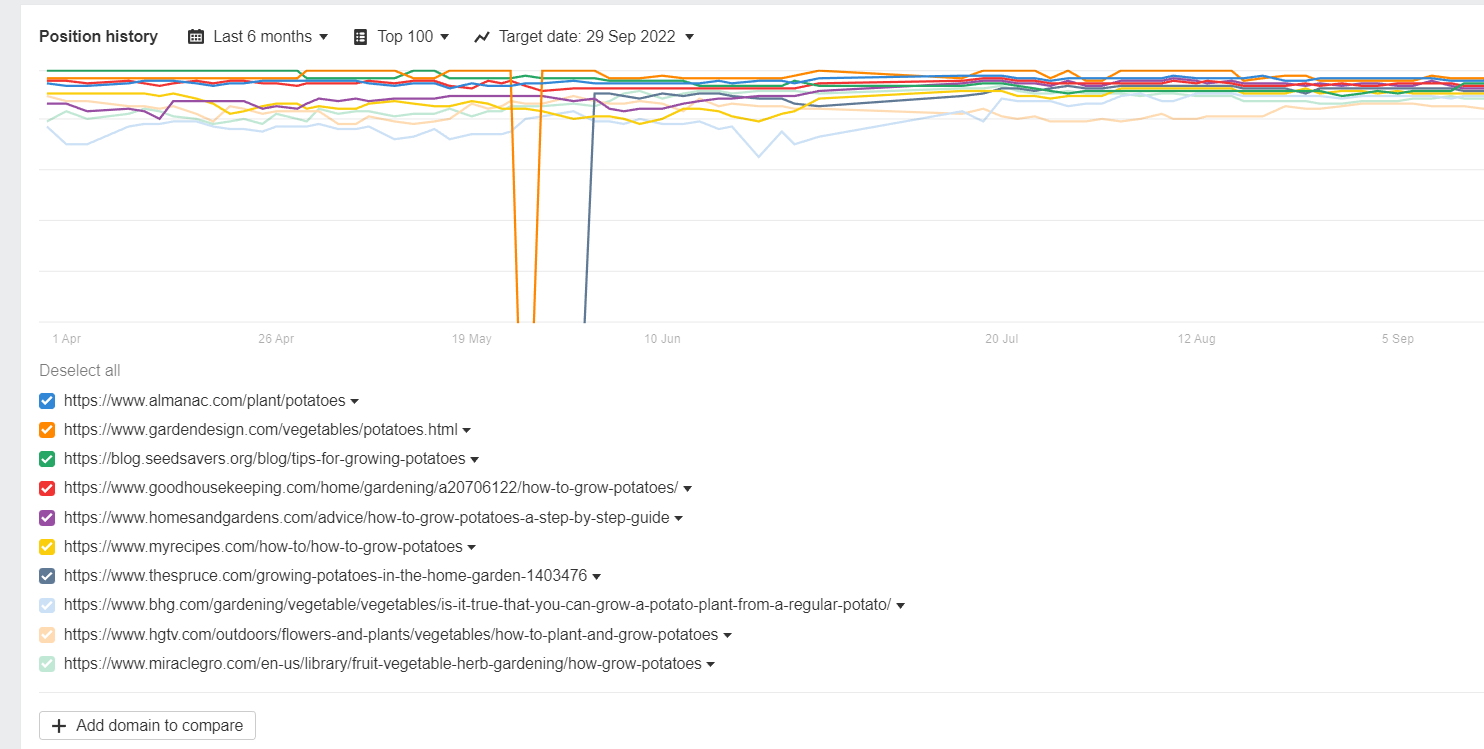
If you find keywords, you find prospects; if you find prospects, you find link profiles, and if you find link profiles, you find websites that are linking to relevant websites.
Makes sense?
These two methods are self-expanding, so the more keywords you find, the more prospects you find, and it goes from there.
You can even use the prospects to find more keywords which, in turn, finds more prospects.
Step 3: Qualify Prospects
You’ve reached the link prospecting stage where you’re sitting there with a massive list of prospects, but you don’t want to just go through and reach out to everyone; you want to narrow it down to the prospects you believe give you the highest chance of earning a link.
One important aspect of link building is qualifying your link prospects to ensure they’re worth building backlinks from. Their domain authority is a factor, whether or not they have organic traffic, and whether or not they are quality sites.
First, you have to define what criteria make a prospect a “quality choice,” which can vary based on the age, size, niche, and monetization of your website.
Here are some basic filters we like to use to narrow down our prospects:
- The site has a DR of 10+
- Has Organic Traffic of 1000+
- The website is relevant to the client
- The website has a good amount of recent quality content
- The website isn’t a link farm (it exists other than to just provide backlinks)
Another important link prospecting consideration is that we want to avoid websites that exist solely to sell links and will link to anyone who pays. These are generally lower quality links and are not usually worth the effort.
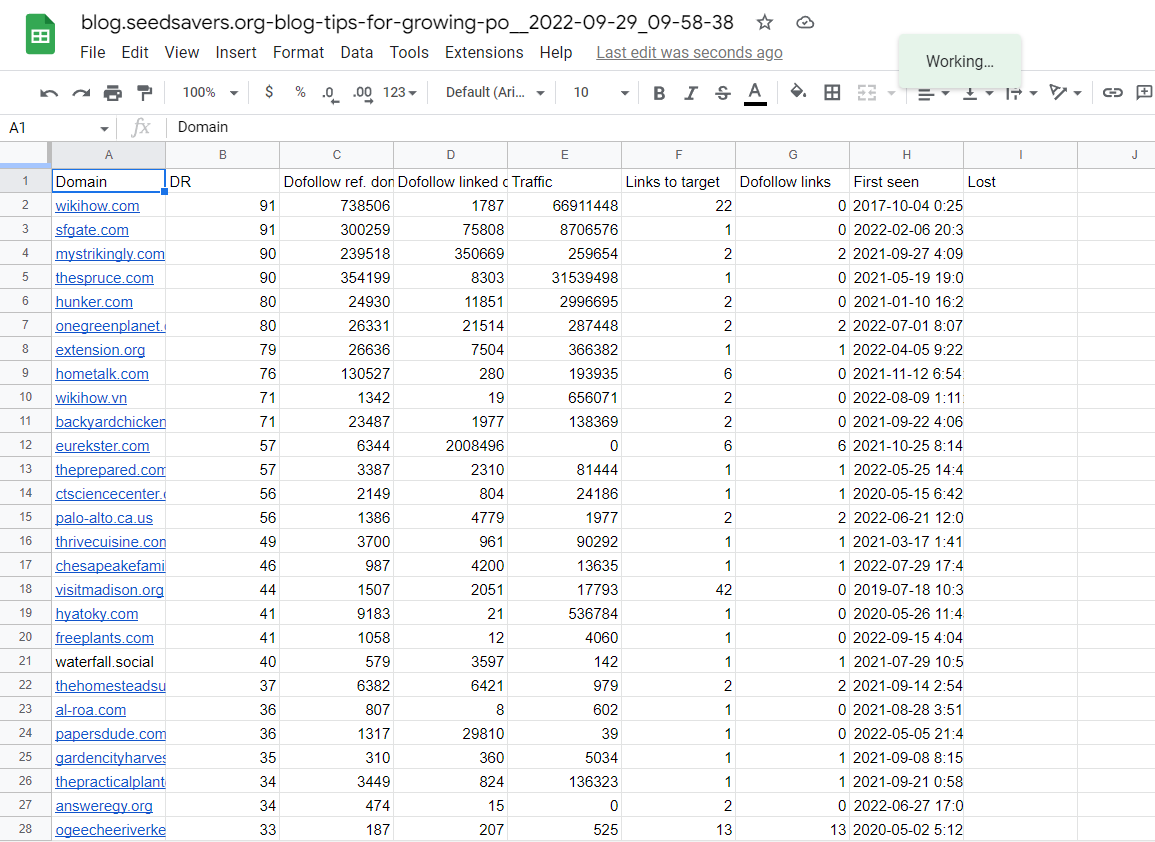
Here’s an example of what a spreadsheet will look like when you first export it from Ahrefs. As you can see, there’s a lot of information on here that you don’t need, but you’ll want to go through it manually and mark each one as yes or no.
You can also delete the ones you’re not interested in because they’ll eventually be put into a master list of all the sites you intend on link prospecting to.
Find Contact Information
Now, you’ve got a master list you’ll reach out to for your link building campaign. It’s time to find their contact information so you can email or send them a message on some sort of social media platform.
There are a number of email finding tools like Hunter.io, Snov.io, and Prospect.io.
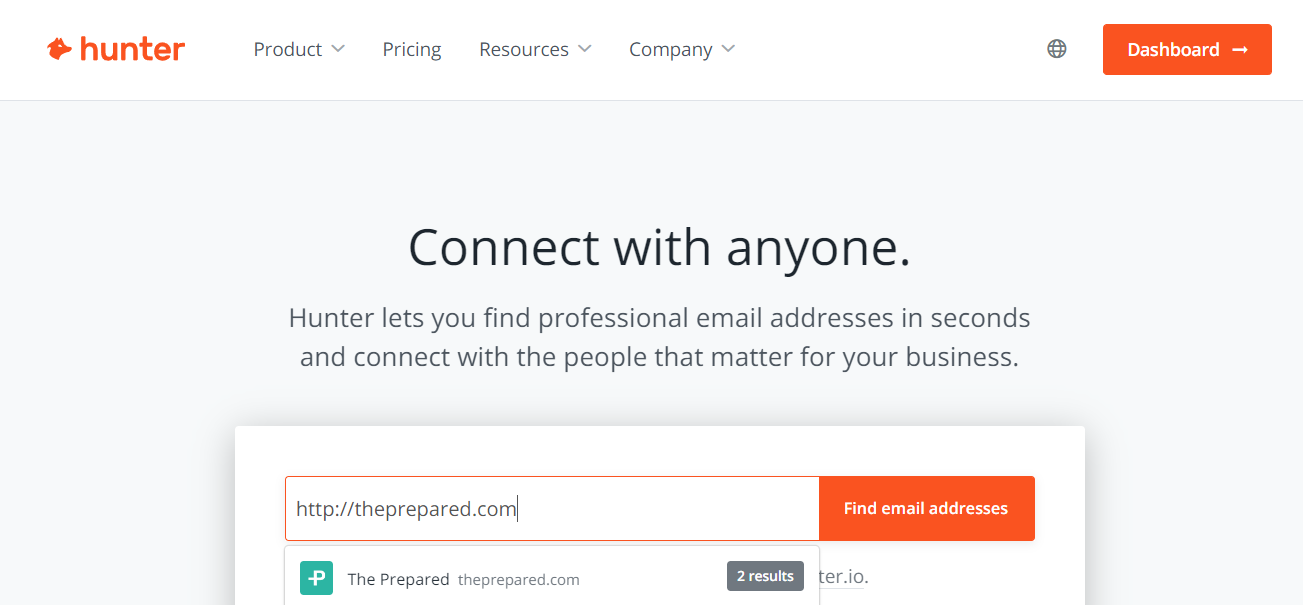
If we wanted to do link prospecting to someone from this website (which I pulled from our spreadsheet), we would put the domain into the search bar and click the button.
The tool then provides us with two (unfortunately rather poor) examples of emails that we contact to see if they’d be willing to accept a guest post or link exchange.
Ideally, you want to find emails that have something to do with editing, marketing, digital marketing, or content.
Reducing the number of people you need to go through to get the link will not only save you time but it will increase the chances of you getting the link.
If you email someone at the company who has nothing to do with link building or guest posts, chances are they’ll just ignore your email.
LinkedIn Sales Navigator
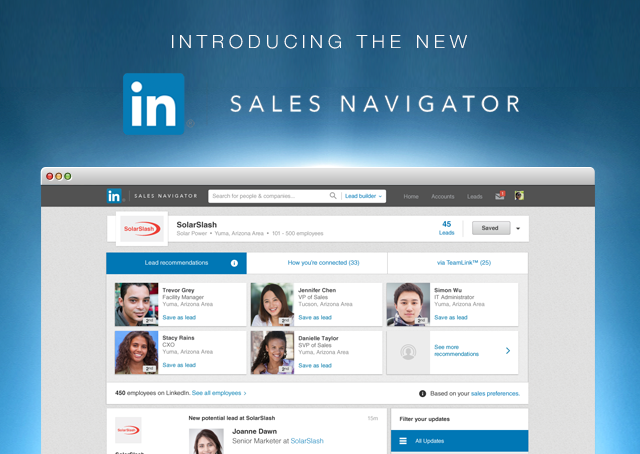
The LinkedIn Sales Navigator is a premium tool available from LinkedIn and it’s a great way to do prospecting because it’s a networking platform and they’re used to people reaching out for link building and other networking campaigns.
It’s important that you don’t position yourself as only link building or prospecting but instead, pitch them as providing a mutually beneficial opportunity that provides them with more value.
Plus, you can filter the search to find people in specific industries. So, you could use the authority sites from your prospect list, search them on LinkedIn, and then search specifically for the head of content, digital marketing, or editing.
You can then send them a message directly through the platform so you don’t need to search for their email or any additional contact information.
Check The Site
If you’re lucky, you can find contact information on their website. A lot of site owners and people in digital marketing don’t do this anymore because it results in too much spam so the chances of your email going to a ghosted inbox might be higher, but you can use this method if the other two don’t work.
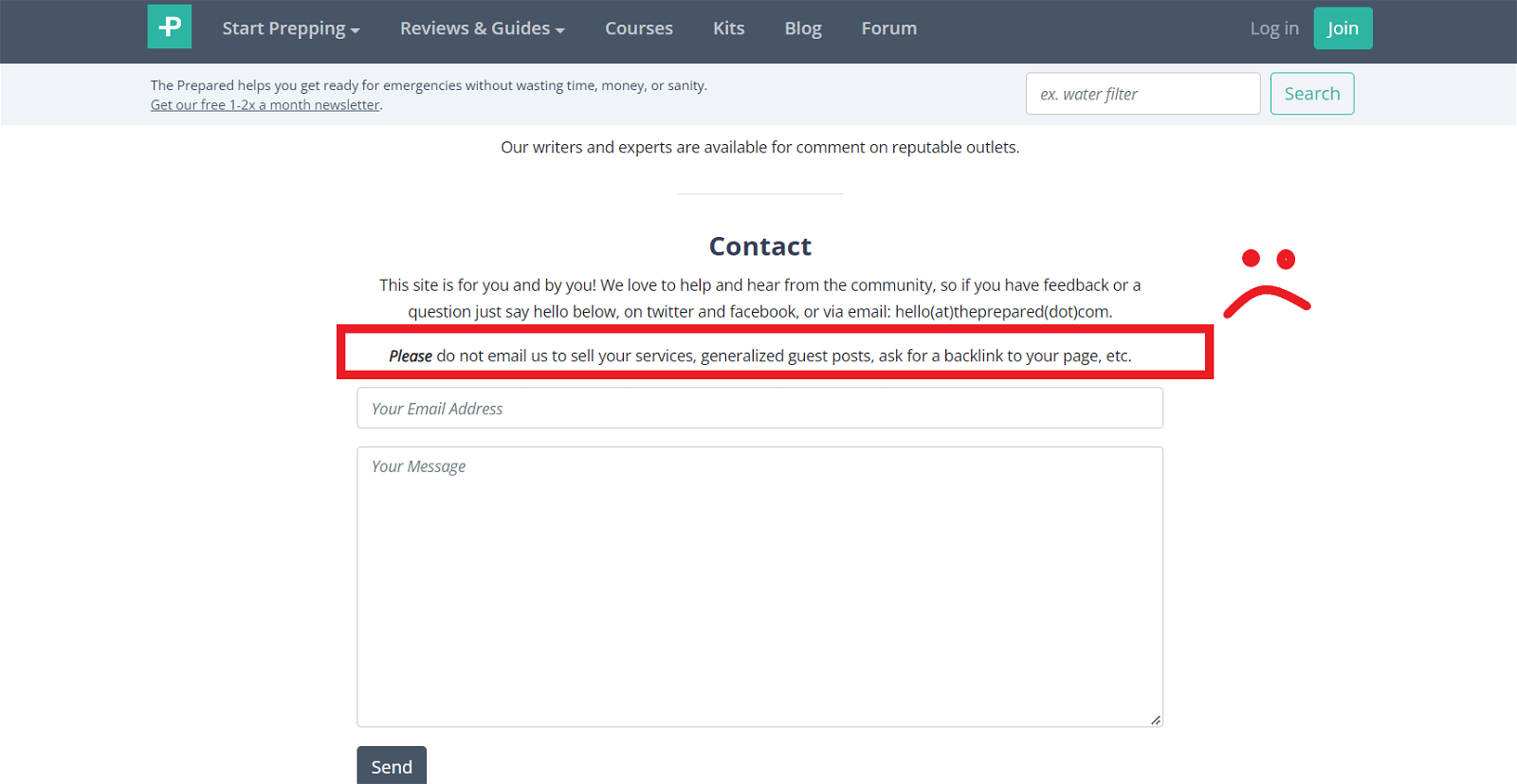
If nothing else works, you could use the contact us form on the website but it’s definitely a last resort because you may end up with an issue like the one above more often than not.
Remember, these websites are being pitched guest posts all the time – but, pay extra close attention to what it says.
It says “generalized” guest posts or ask for a backlink to your page.
That tells me that most of the people who reach out aren’t providing enough value so if you could position yourself with a guest post that they actually like and think their readers would be interested in, then they may actually respond to your inquiry.
One of the most important things to remember when doing cold outreach is that you need to verify that the email is deliverable and you can’t bounce too many emails. If you end up bouncing a bunch of emails you’ll start ending up in spam and you’re toast when that happens.
You can use a tool like Neverbounce to verify bulk email lists and ensure that your domain does not become blacklisted and thrown into the spam folder.
Step 4: Outreach
Let’s recap for a second because we’ve covered a lot in this article.
So, we talked about developing a link prospecting strategy, how to find prospects, how to qualify prospects, and how to build a list.
Now it’s time to talk about how you will actually reach out to them and ask them to give you a link. Again, all steps of the process are important because you cannot have a successful link campaign without each one of these steps.
Putting The Message Together
At this stage the link prospecting is over and you’re ready to start getting some high quality links from relevant sites.
If you’re ready to reach out to a prospect you need to make sure to convey yourself in a way that screams the value you’re trying to provide. You also need to be able to do this at scale so this is where templates come in handy.
Keep your email short, sweet, and to the point. Get to “the ask” as soon as possible and always focus on what they’re getting and how it will benefit them. Don’t simply tell them what they’re getting, pitch it in a way that explains the benefits of what they’re getting.
Everyone reaches out to them and asks if they can write a guest post on their website, but how many people offer to do keyword research to get the guest post to rank? That could be a unique value proposition that separates you from the competition.
You want to make sure your email gets their attention, builds trust, and gets right to the point.
Do not expect a response immediately because the average response rate on a cold email is around 3%. Send an initial email getting their attention, building trust, and telling them why you’re in their inbox.
Follow that up with a second email bump simply pushing the email to the top of their inbox in case they didn’t get a chance to read it or put it off till later and forgot.
If you still don’t get a response you can offer a backup pitch offering something else in case the initial guest post or link exchange pitch wasn’t the right move. Perhaps, offering a different “ask” will get their attention.
Sending the Message
You have three choices when it comes to sending emails for link building outreach:
- Manually emailing the prospects
- Mail merge tools like Mailshake, Gmass, Woodpecker
- CRM/Outreach Tools like Pitchbox and Buzzstream
Keep in mind that the more advanced and elaborate the tools are, the more expensive they are. Tools like Pitchbox can cost hundreds of dollars per month but can have a significant impact on your campaign and also help with prospect finding and filtering as well.
If you’re manually emailing prospects, you’ll want to have templates in place and be sure to space out your emails.
Final Thoughts
Link prospecting is one of the most important aspects of obtaining high-quality backlinks for your outreach campaigns.
Think of it as the initial first step in starting a link building campaign and if the first step is wrong, it will create a ripple-effect that will make the rest of the process more difficult.
Once you have a long list of qualified prospects, you can craft a value proposition that appeals to them and ensures you’ll end up with plenty of backlinks at the end of your campaign.






